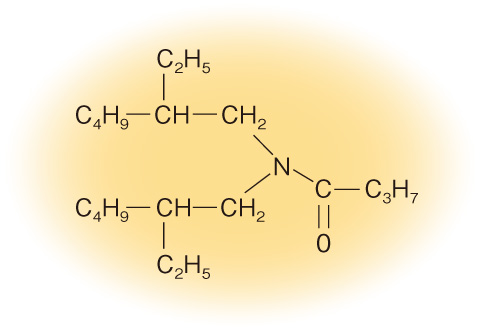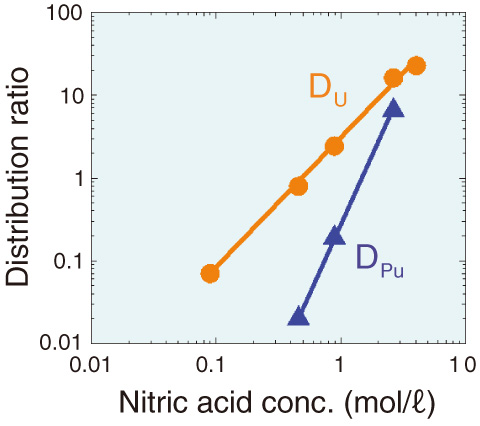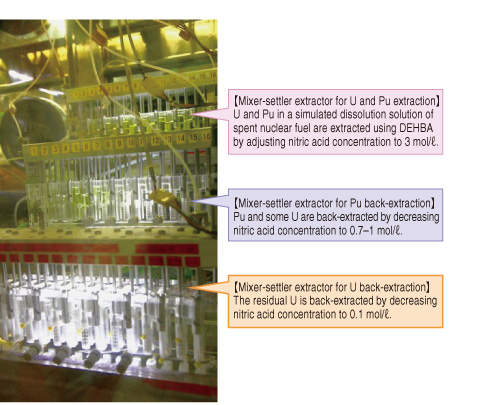
Fig.8-13 Structure of N,N-di(2-ethylhexyl)butanamide (DEHBA)

Fig.8-14 Effects of nitric acid concentration on the distribution ratios of U (DU) and Pu (DPu) by DEHBA

Fig.8-15 Photograph of continuous extraction experiment using mixer-settler extractors for U and Pu extraction
We have been advancing research on solvent extraction using monoamide extractants for spent nuclear fuel reprocessing. Because monoamides do not contain phosphorus, they can be decomposed into gases by incineration, reducing the secondary waste generation. In addition, monoamides can be diluted in dodecane, which is used in the commercially operating process (PUREX process); thus, current technologies developed for reprocessing equipment can be applied. The PUREX process uses tributyl phosphate (TBP) as an extractant, and monoamides are as stable as TBP against radiolysis. Furthermore, the degraded products of monoamides do not have detrimental effects on solvent extraction.
The extraction properties of monoamides toward uranium (U) and plutonium (Pu) depend on their structures. As an example, the effects of the nitric acid concentration on the distribution ratios of U (DU) and Pu (DPu) by N,N-di(2-ethylhexyl)butanamide (DEHBA, Fig.8-13) are shown in Fig.8-14. Here, the values of DU and DPu indicate the extraction power of monoamides toward U and Pu, respectively, and the ratios of U and/or Pu extracted by monoamides increase with increasing distribution ratio.
As shown in Fig.8-14, DEHBA extracts U and Pu when the nitric acid concentration is ca. 3 mol/ℓ. DEHBA still extracts U when the nitric acid concentration decreases to 0.7–1 mol/ℓ, whereas it extracts very little Pu. We focused on the specific features of DEHBA and proposed a reprocessing system in which U and Pu are separated by adjusting the nitric acid concentration. The PUREX process requires reducing agents for Pu. On the other hand, our system using DEHBA does not require reducing agents, which simplifies reprocessing.
We conducted a continuous U and Pu extraction experiment using mixer-settlers, with the goal of establishing a reprocessing system that uses DEHBA (Fig.8-15). The results showed that the ratios of U and Pu extracted from a simulated dissolution solution of spent nuclear fuel are more than 99.9%, and the ratio of Pu recovered in the U+Pu fraction is more than 97%. These results have supported the realization of a reprocessing system that uses DEHBA.
Part of this study was the result of research entrusted to the Japan Atomic Energy Agency (JAEA) by the Ministry of Economy, Trade and Industry (METI).